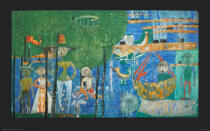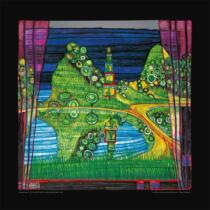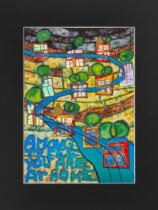Friedensreich Hundertwasser
- Born: 15. December 1928 in Wien
- Died: 21. February 2000
Colorful painter, graphic artist, architect and ecologist
Friedensreich Hundertwasser was an Austrian artist and architect who lived in the 20th century. He was born in Vienna on December 15, 1928, and became known for his unique art and architecture, which featured organic shapes and vibrant colors
Friedrich Stowasser called himself Hundertwasser, also Friedensreich, Regentag or Dunkelbunt. The richness of his names is matched by his varied activities as a painter, graphic artist, architect, and ecologist.
Hundertwasser first studied painting at the Vienna Academy of Art before later studying architecture at the University of Applied Arts Vienna. He developed his own style, characterized by irregular lines, spirals and vivid colors. Hundertwasser as an innovator of Viennese Art Nouveau, as a contemporary Gustav Klimt or Egon Schiele. Hundertwasser was also a pioneer of the environmental movement, advocating the protection of nature and the restoration of the human connection to nature. Die selten einer schlüssigen Logik folgenden Bildkompositionen sind von einer organischen Qualität, die er ebenfalls in den Entwürfen für eine Reihe von Bauprojekten umsetzen konnte, und zwar als Gegenentwurf zu einer »entmenschlichten« Architektur. Sein bekanntestes Bauwerk, das Hundertwasserhaus in Wien, wurde am 17. Februar 1987 den Mietern übergeben. Hundertwasser lived frequently in New Zealand since 1974, where he acquired the additional names "Rainy Day" and "Dark Colorful," which are indicative of his work.
Hundertwasser art prints are produced on high quality paper with excellent print quality and often with foil elements in gold or silver to fully show off the colors and details of his unique artwork. Hundertwasser's art prints became famous worldwide and are still highly sought after by art collectors and art lovers.
Hundertwasser died on February 19, 2000, aboard the Queen Elizabeth 2 on a cruise to New Zealand. However, his artworks and art prints remain popular to this day and are exhibited in many prestigious art galleries and museums around the world.
The pictures are predominantly assigned to the art direction Abstract Art.
The art works of the artist are dominated by the colors black, green and brown.
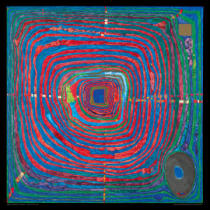
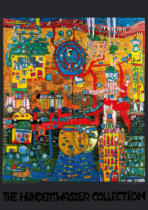

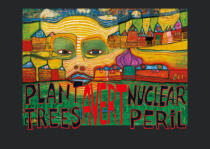
.jpg)
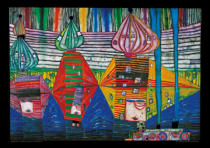
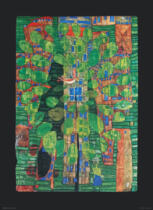

.jpg)
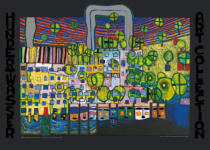
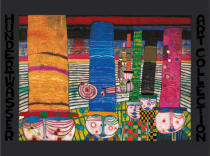
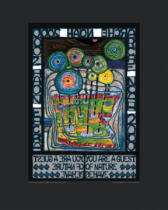
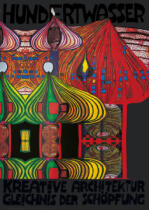
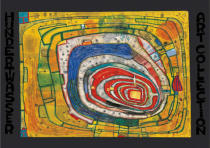
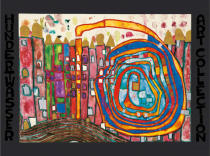
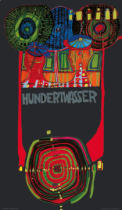
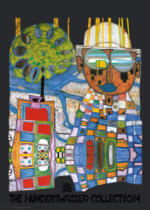
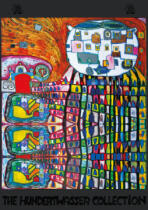
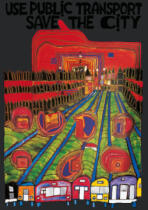
.jpg)
.jpg)
.jpg)
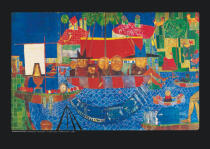
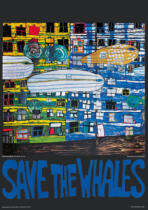
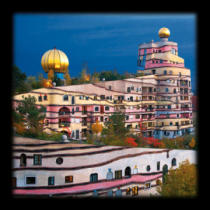
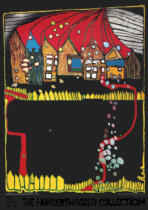

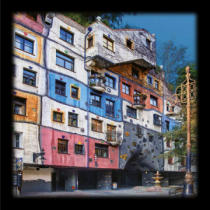
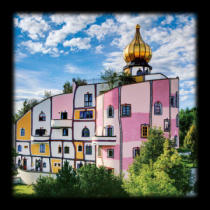
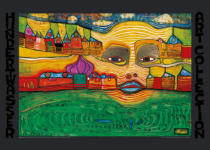
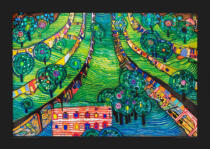
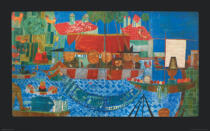
.jpg)
